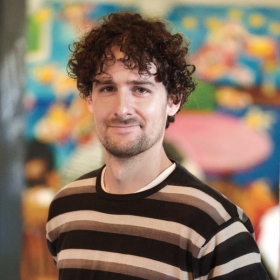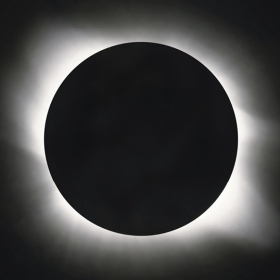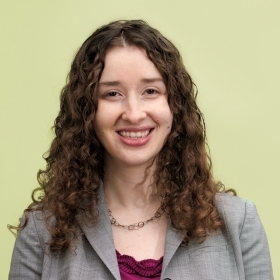Alex Diesl, associate professor of mathematics, explains what a “noncommutative ring theorist” actually does.

One bright fall day, we quizzed Alex Diesl, associate professor of mathematics, to find out a bit about him.
What do your young children think you do at Wellesley?
I have four kids, 8, 6, 5, and 3. They tell people I’m a “math doctor.”
You describe yourself as a “noncommutative ring theorist.” How do you explain your field to a layperson?
I am a pure mathematician as opposed to an applied mathematician. Sometimes the distinction just means that it’s mathematics that is motivated by mathematics itself as opposed to mathematics that is motivated by other scientific problems. My field of expertise is algebra, which is something that everybody has heard of and has either good or bad feelings about. When you’re a kid you add, subtract, multiply, and divide numbers. Everything is numbers. When you get into high-school algebra, you still add, subtract, multiply, and divide—except now instead of numbers it could be expressions of variables, functions, polynomials, or matrices—but it’s other kinds of things. Over time, what you notice is that every time you add A+B or B+A, you get the same thing. A+B is always B+A, no matter whether it’s numbers or functions or polynomials. What I study is, what’s the pure rule that governs all these different structures? A lot of my life is lived in specific examples. Math research is in some sense not what people think. I don’t calculate a lot. A lot of it is adding ideas to the ideas that were already there.
What books might we find on your bedside table?
The books are inevitably what’s been put there by my children. My kids love books and leave them everywhere. It might be a Mo Willems or a Harry Potter. It’s not what I am reading to myself!
Do you have a favorite place to hang out on campus?
I like El Table a lot. It’s a welcoming space—and 75 cents for coffee, if you bring your own mug. I also like to play chess with Wes Watters in astronomy sometimes. The Science Center has a beautiful board in the Focus area.


